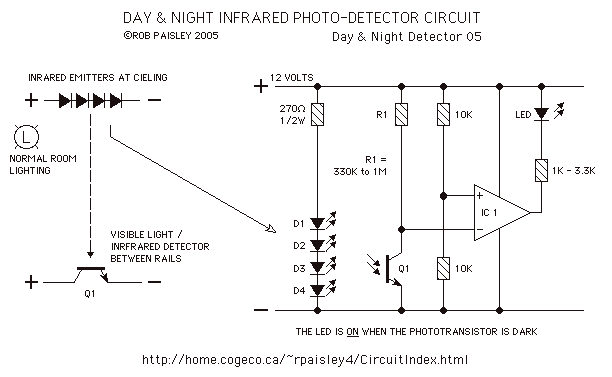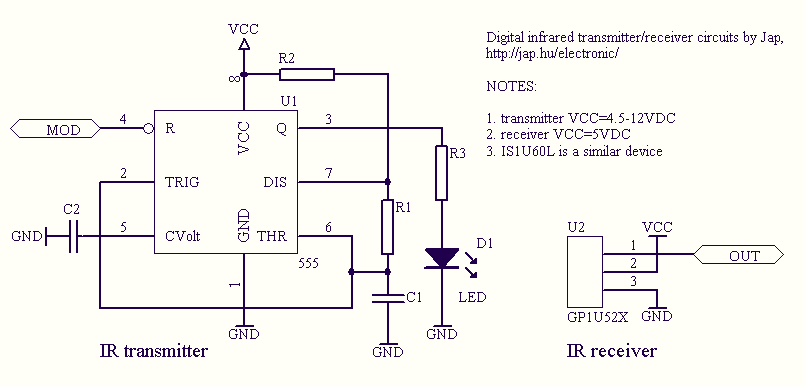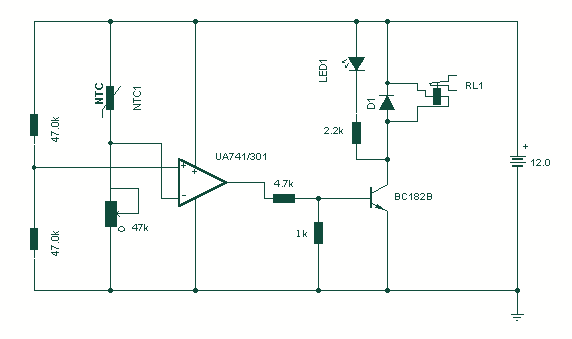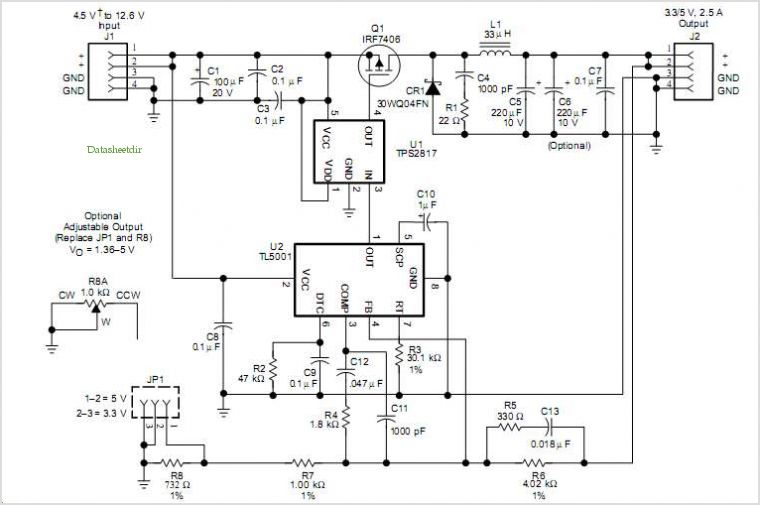
Infrared Heart Pulse Monitor
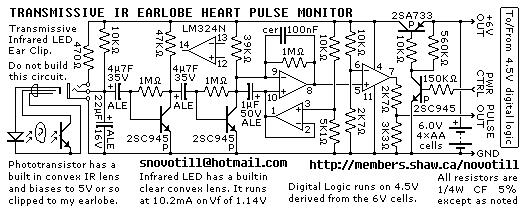
Senses heart pulse by means of an infrared earlobe clip. Reverse engineered circuit diagram of heart pulse sensor circuit board out of a treadmill. Notice that the output is level shifted for use by CMOS logic running on 4.5V regulated down from the 6V battery. The CMOS logic also controls the power to the analog circuitry and infrared LED.
The heart pulse sensor circuit utilizes an infrared earlobe clip that functions by emitting infrared light and detecting the variations in light absorption caused by blood flow in the earlobe. The circuit is designed to be compact and efficient, making it suitable for integration into portable devices such as treadmills.
At the core of the circuit is a light-emitting diode (LED) that emits infrared light, which is directed towards the earlobe. The photodetector, typically a photodiode or phototransistor, is positioned to receive the light that passes through the earlobe. As blood pulses through the earlobe, the amount of infrared light absorbed changes, which creates a corresponding variation in the output signal from the photodetector.
The output from the photodetector is an analog signal that reflects the heart rate. This signal is then level shifted to ensure compatibility with CMOS logic circuits operating at 4.5V. Level shifting is crucial in this design to prevent damage to the CMOS components and to ensure proper operation. The power supply for the circuit is derived from a 6V battery, which is regulated down to 4.5V for the CMOS logic, ensuring stable operation.
The CMOS logic not only processes the signal from the heart pulse sensor but also controls the power supply to the analog circuitry and the infrared LED. This power management feature enhances the overall efficiency of the circuit, allowing it to conserve battery life during operation. By controlling the power to the LED and the analog components, the circuit can dynamically adjust its power consumption based on the operational state, further improving its efficiency and effectiveness in monitoring heart rate.
This design exemplifies the integration of analog and digital circuitry in a compact form factor, highlighting the importance of careful component selection and circuit design in achieving reliable heart rate monitoring.Senses heart pulse by means of an infrared earlobe clip. Reverse engineered circuit diagram of heart pulse sensor circuit board out of a treadmill. Notice that the output is level shifted for use by CMOS logic running on 4.5V regulated down from the 6V battery. The CMOS logic also controlls the power to the analog circuitry and infrared LED. 🔗 External reference
The heart pulse sensor circuit utilizes an infrared earlobe clip that functions by emitting infrared light and detecting the variations in light absorption caused by blood flow in the earlobe. The circuit is designed to be compact and efficient, making it suitable for integration into portable devices such as treadmills.
At the core of the circuit is a light-emitting diode (LED) that emits infrared light, which is directed towards the earlobe. The photodetector, typically a photodiode or phototransistor, is positioned to receive the light that passes through the earlobe. As blood pulses through the earlobe, the amount of infrared light absorbed changes, which creates a corresponding variation in the output signal from the photodetector.
The output from the photodetector is an analog signal that reflects the heart rate. This signal is then level shifted to ensure compatibility with CMOS logic circuits operating at 4.5V. Level shifting is crucial in this design to prevent damage to the CMOS components and to ensure proper operation. The power supply for the circuit is derived from a 6V battery, which is regulated down to 4.5V for the CMOS logic, ensuring stable operation.
The CMOS logic not only processes the signal from the heart pulse sensor but also controls the power supply to the analog circuitry and the infrared LED. This power management feature enhances the overall efficiency of the circuit, allowing it to conserve battery life during operation. By controlling the power to the LED and the analog components, the circuit can dynamically adjust its power consumption based on the operational state, further improving its efficiency and effectiveness in monitoring heart rate.
This design exemplifies the integration of analog and digital circuitry in a compact form factor, highlighting the importance of careful component selection and circuit design in achieving reliable heart rate monitoring.Senses heart pulse by means of an infrared earlobe clip. Reverse engineered circuit diagram of heart pulse sensor circuit board out of a treadmill. Notice that the output is level shifted for use by CMOS logic running on 4.5V regulated down from the 6V battery. The CMOS logic also controlls the power to the analog circuitry and infrared LED. 🔗 External reference
